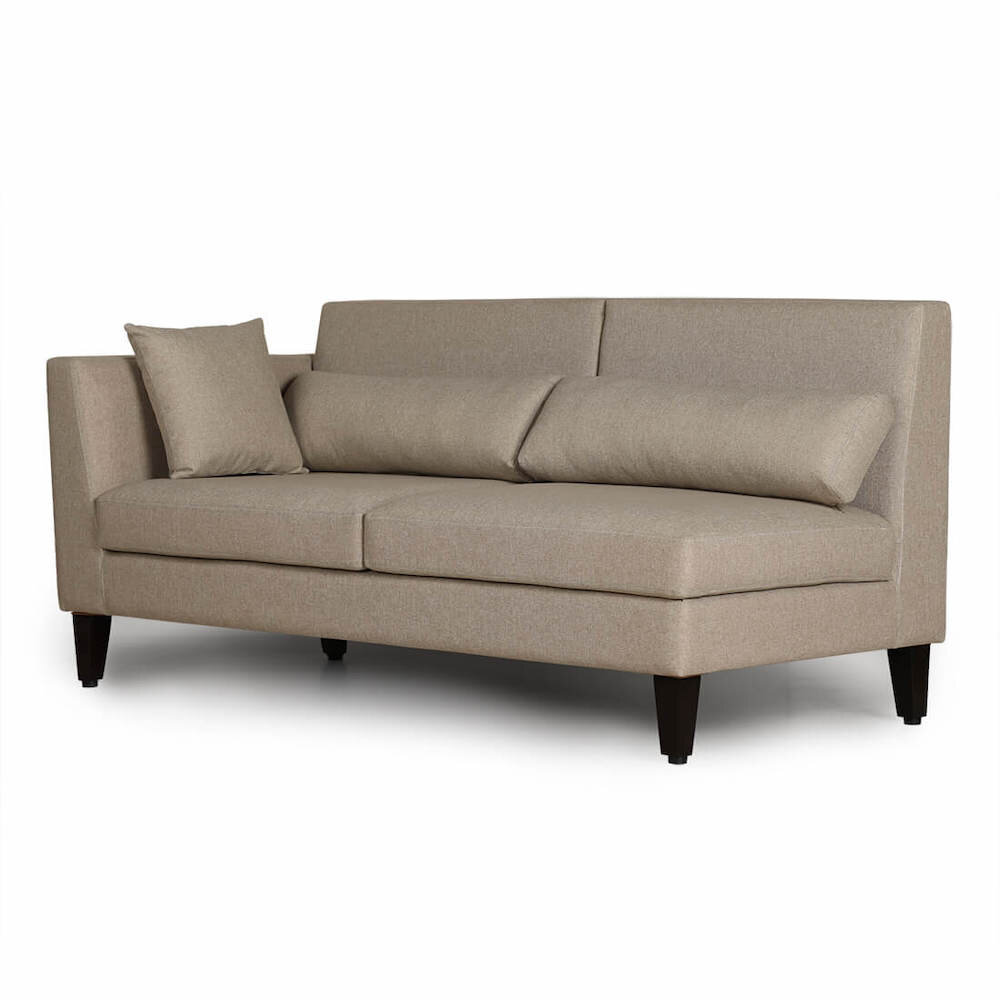Pests don’t respect walls, leases, or unit numbers. In multi-family buildings—like apartments, condos, and duplexes—pest problems often spread faster than they’re noticed. What starts as one tenant’s quiet concern can quickly become a building-wide infestation if not addressed early and collaboratively.
Stopping pest problems in shared housing is a team effort. There are important roles both for tenants and landlords, and knowing these can mean the difference between an active pole prevention plan and a regular emergency.
Here’s how both sides can work together to keep multi-family properties clean, comfortable, and pest-free.
The Shared Risk of Shared Spaces
Unlike single-family homes, multi-unit properties come with unique challenges:
Close proximity of neighbors
Shared walls, ceilings, and plumbing
Common areas like laundry rooms, hallways, and storage units
High turnover and moving traffic
Such characteristics enable pests such as cockroaches, rodents, bed bugs and indeed termites to invade one space from another with relative ease. That is why timely detection and joint action is very important in any multi family environment.
For Tenants: Best Practices to Prevent Pest Problems
As a tenant, you may not control the structure of the building—but you can take several steps to reduce the likelihood of pest activity in your own unit.
1. Keep Food Sealed and Surfaces Clean
Almost all crumbs, spills, and open containers are an attraction for ants, cockroaches, and rodents. Clean counters from time to time, sweep regularly, and store dry goods in air tight containers.
2. Take Trash Out Frequently
Pests flourish in trash rooms and bins when they are left full for too long. Don’t allow garbage to pile up inside and ensure shared garbage areas are closed and not overflowing.
3. Avoid Clutter
Piles of paper, cardboard boxes, and furniture kept unused are places where pests can hide – particularly bed bugs. Regular decluttering makes your home less welcoming for unwelcome guests.
4. Report Leaks or Moisture Immediately
Termites, ants, silverfish are attracted through leaky pipes, persistent humidity. Inform your landlord or management, as soon as your notice any water problems.
5. Be Mindful of Secondhand Furniture
Take a fine look at used furniture especially beds, couches or chairs for any sign of bed bugs before you bring it into your unit. An item that is contaminated can contaminate the entire building.
6. Notify Management Promptly
If you notice even one pest, or evidence of one, it’s worth a report. Don’t wait for the problem to blow up. Many infestations begin with silence which peers and escalates because of delay.
For Landlords and Property Managers: Proactive Pet Prevention Strategies
Being a landlord or property manager, pest control is not a maintenance issue because it is a question of public health and safety. Complaints about pests can break local housing laws, ruin your property’s reputation and cost you a lot of money if left unaddressed.
Here’s how to stay ahead of infestations:
1. Schedule Regular Inspections
Consistent pests inspections (quarterly and semi-annually) may identify the signs of activity too early for tenants to realize. Such is particularly the case with termites and bed-bugs, which may be present for months without being seen.
2. Seal Entry Points
Regularly walk the property for inspection of gaps, cracks, torn screens or gaps under doors. More pests – predominantly rodents – enter through these very small weaknesses.
3. Educate Tenants Upon Move-In
Inform new tenants about how to prevent pest infestation, and describe the procedure for raising concerns. The more they know the quicker these people are likely to act.
4. Keep Shared Spaces Clean
Clean hallways, laundry rooms, stairwells, and basements frequently. These neglected areas can be filled with pests that infect the rest of the building.
5. Partner with a Professional Pest Control Provider
Work with a licensed exterminator who understands the specific needs of multi-family properties. A provider like Agile Pest Control can offer building-wide strategies tailored to both prevention and treatment.
Communication Is Key
In multi-family settings, the biggest pest control failures often result from poor communication. Tenants assume landlords are handling it; landlords assume tenants will report it. Meanwhile, the pests spread.
To avoid this, create a clear and easy-to-follow system:
Designate a contact person for pest reports
Set response time expectations (e.g., within 24–48 hours)
Keep records of complaints and treatments
Notify all tenants when building-wide treatments or inspections are scheduled
Transparency and speed are your best defenses against escalation.
Addressing Infestations: Who’s Responsible?
Pest control laws vary by location, but generally:
Landlords are responsible for maintaining habitable conditions, including pest-free environments, unless the infestation was caused by tenant negligence.
Tenants must keep their units clean and notify landlords promptly of any pest sightings.
If there are several units, it is best that the whole building is treated instead of a unit at a time. If not done, then the pests can migrate, and things could get worse.
A reliable exterminator will always advise checking adjacent units to avoid recurrence – especially so in case of bed bugs and termites (which are notorious for moving from one wall to another undetected).
Preventing Termites in Multi-Unit Buildings
Although termite control is usually linked with single family housing, we can not ignore the town houses and older multi unit properties with their wooden framing can be just as at risk.
Signs to watch for include:
Mud tubes along foundation walls
Discarded wings near windows or entryways
Soft or hollow-sounding walls
Sagging floors or bubbling paint
Because termites work silently, by the time signs appear, damage may already be extensive. Regular inspections and moisture control are critical in preventing costly structural issues.
Final Thought: Collaboration Keeps Pests Out
In multi-family properties, pest prevention is a shared responsibility. Tenants need to keep units clean and report problems early. Landlords need to respond quickly and invest in regular, proactive pest control strategies.
When both parties work together—and with the guidance of experienced professionals like Agile Pest Control—infestations can be stopped before they spread, ensuring a safer, healthier living environment for everyone.
Whether you’re managing a building or renting one unit inside it, keeping pests out starts with awareness, action, and mutual accountability.







